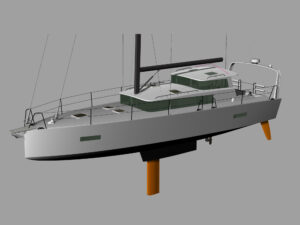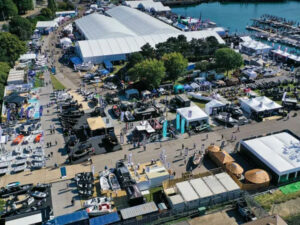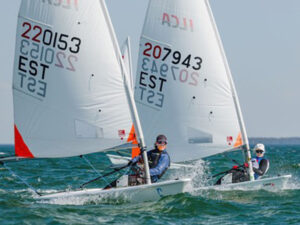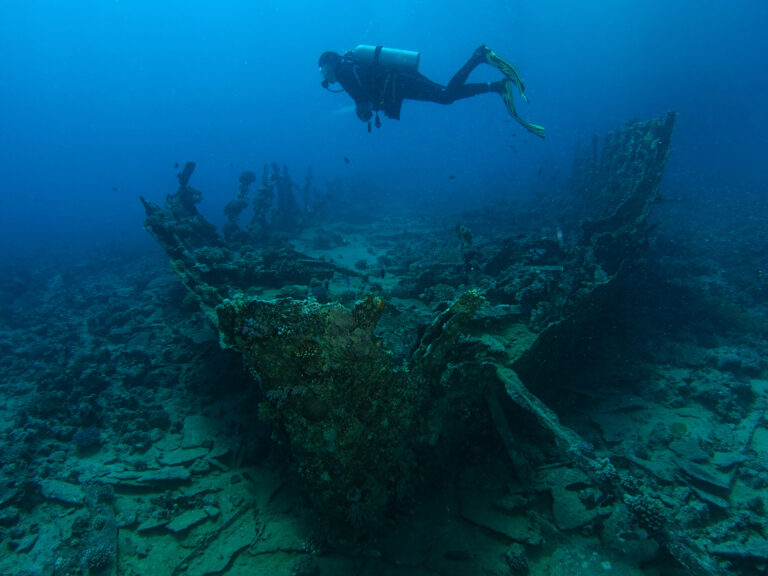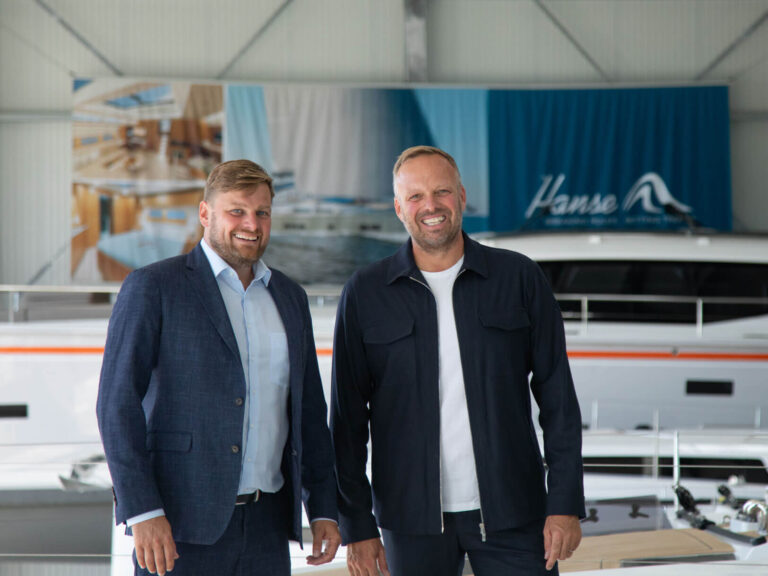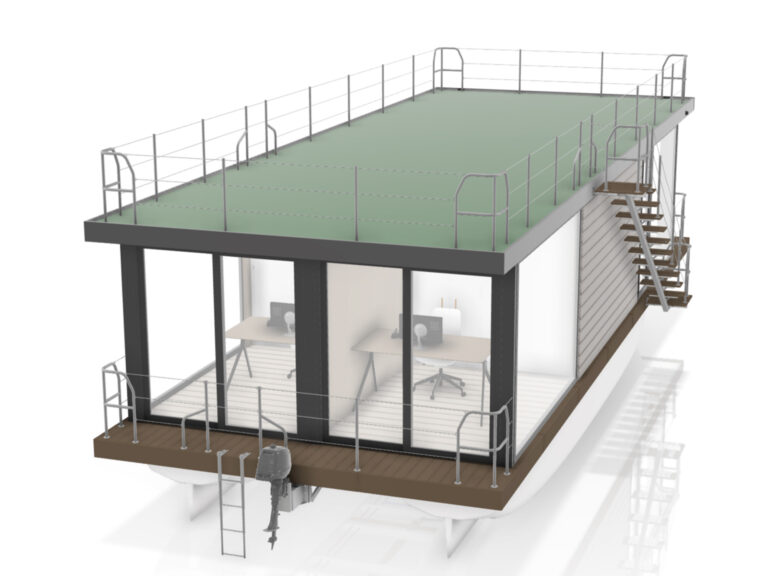
Earlier in the summer the sailing community witnessed a sobering and unfortunate tragedy at the Dauphin Island regata when a sudden storm wreaked havoc on the race course. It is an important reminder that the sea is often unforgiving and that safety should a foremost priority for any sailor.
First the good news: We’re sailing better boats, drinking less booze while on them, taking safety courses and wearing life jackets more often. And those efforts are making it a whole lot safer out on the water than, say, in 1973, when 1,754 people died in boating-related incidents. The National Association of State Boating Law Administrators, citing Coast Guard figures, finds that 2014 was the second-safest year on record, with 610 recreational boat-related fatalities. That’s up from 560 deaths the year before, which was the safest on record.
The report points out a couple of interesting conclusions. Just 12 percent of the fatalities happened on boats where the operator had taken a safe-boating course. If you study and earn a certificate (or attend a Safety at Sea seminar), it means you’re already taking marine-related hazards seriously, and you and your crew will be all the safer because of it.
Conversely, the numbers show further proof that your chance of surviving an accident increases significantly if you’re wearing a PFD. In cases where the cause of death was known, 78 percent of fatalities were due to drowning, and 84 percent of those had no life jacket on when they were pulled from the water. No, you don’t have to don a life jacket every time you untie a dock line. But at night, or when the seas are rough or the water’s cold, or if there are other problems aboard, wearing a PFD is the easiest way to improve the chances of the dice rolling your way. Period.
I’d argue there are other factors driving this dramatic turnaround in the numbers, and these would include the availability of better communications equipment, as well as the broad array of weather forecasting tools that are available at the flip of a switch or the click of a mouse.
It’s hard to fathom stepping aboard a boat that’s not equipped with at least a hand-held VHF radio these days. And who goes anywhere without a smartphone? On that phone, you can carry a full suite of nautical charts, access weather updates and radar, receive emergency weather broadcasts and check for AIS traffic information. Better yet, if you use the phone to call for help, others can find you, even if you don’t know where you are (ditto for VHF emergency broadcasts in many areas). Offshore, the price for a satellite phone and service plan is now well within reach, as are personal locator and tracking devices, as well as EPIRB transmitters.
Weather reports — if you pay attention to them — have become increasingly accurate, and those forecasts are readily available across a number of platforms: computer, VHF radio, cellphone, sat phone, tablet, even your chart plotter if you sign up for any of the available services. Honestly, there are easy-to-get, up-to-date forecasts for seemingly any body of water on the planet.
Still, trouble can come raining down in the blink of an eye. It certainly did in late April, when an apparently well-forecast weather system overran the annual Dauphin Island Regatta, sailed on Mobile Bay along the Alabama Gulf Coast. When the search for missing crew finally ended days later, six bodies had been recovered. As tragic events go, it was a doozy.
I’ll let others ponder whether the race should have been postponed or the course shortened, and why weather watches and warnings were ignored. These are all good questions and deserve serious consideration from race committees, whose job it is to host safe events, and from skippers, who have the ultimate decision on whether or not to leave the harbor.
Would I have raced that day? I’m not sure. Like most sailors, I’ve been out when conditions have been a bit too sporty, and I’ve sat at the mooring — though never complained — when a storm’s delivered considerably less than promised.
There were two aspects of the reports coming out of the disaster that stood out, though. First was the account of the crew aboard 4G, a Catalina 22 that was knocked down twice when the storm hit, and then run down and crushed by a bigger boat that continued on its way, leaving the three aboard to swim for their lives. Thankfully, they were rescued a short time later by Light O Mobile, which was headed toward the finish line. There should be a special berth in hell for the skipper who left those guys afloat.
Then there was the well-circulated 16-minute video, captured on a GoPro camera by a crewmember sailing on his family’s Catalina 36. In it, you see black clouds swirling, the wind and waves quickly building, other boats tossed about and lightning flashing startlingly nearby. As the boat surfs downwind under bare poles, it’s a hell of a hair-raising ride, but then it struck me, about six minutes into it: No one had yet put on a life jacket.
Heavens, what were they thinking?


